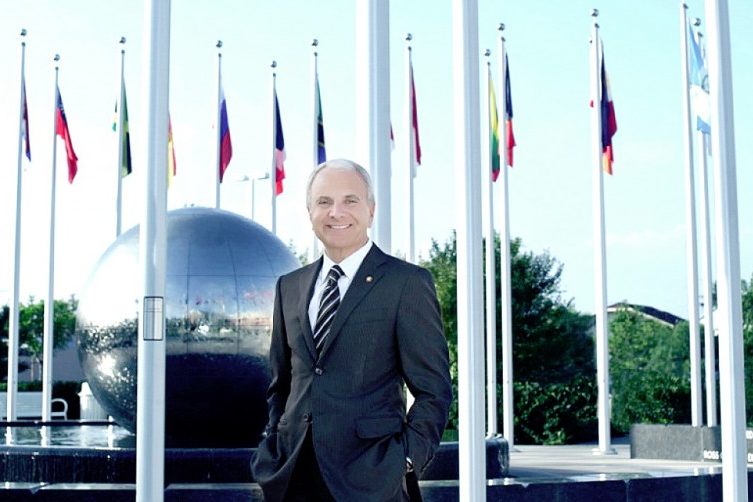American actor Robert De Niro’s next big screen role is all over the news. Last week he announced in an interview with the Italian newspaper Il Messaggero that he signed to play Enzo Ferrari in a new biopic movie, and both his fans and Ferrari enthusiasts worldwide are looking forward to watching it.
“Ferrari,” this will probably be the laconic title, will be mostly shot in Italy as a collaboration between the Italian producer Gianni Bozzacchi and De Niro’s own production company. “It is an honor to tell the life of an extraordinary man who revolutionized the world of motor sport,” commented the 71-year old Hollywood star, whose paternal grandparents were Italian immigrants from Molise region.
The “Great Old Man” – one of Enzo Ferrari’s many nicknames – was born in Modena, Emilia Romagna, in 1898, son of carpenter Alfredo. His father and older brother died of a severe flu that hit Italy during World War I, and Enzo himself was discharged from service in the Army due to illness. The family business was doomed, so he moved to northern Italy and tried to enter the car business, eventually becoming a racer. Allegedly, his passion for racing aroused at the age of ten, watching Felice Nazzaro’s win at the 1908 Circuit of Bologna.
Enzo’s debut in a competition was in 1919, and one year later he joined Alfa Romeo’s racing team where he did very good. Soon he decided to focus also on management and in 1932 created his own team, whose symbol was the Prancing Horse from the badge that decorated the plane of Italy’s WWI top fighter ace.
After the economic crisis, Ferrari left Alfa Romeo and founded the car parts supplier Auto Avio Costruzioni, based in Modena, where he also started the production of a few racing cars. The outbreak of WWII convinced him to move the factory to a new facility in Maranello, where it is still located today along with a public museum. In 1947, the world famous “Ferrari” racing team was officially born, as part of Enzo’s car manufacturing company.
When the Formula 1 World Championship was introduced in 1950, Ferrari enrolled and – the only team in history – never missed one edition since then. The first prestigious victories came soon after that, helping to increase the brand’s popularity. Yet at the same time, in order to afford participation in big competitions, the company started selling sport cars, which made its fortune also in the luxury goods market.
Nevertheless, when poor safety conditions of most circuits and increasing speed claimed victims among both the racers and public, causing Enzo psychological as well as economic distress, the need to comply with the new regulations forced Ferrari to sell half of the company’s shares to FIAT. This didn’t affect his control over it anyway, and the racing division continued to improve its cars and to collect victories under the management of Luca Cordero di Montezemolo (since 1974 until 2014).
The Great Old Man died in 1988 at age 90, and his legacy is carried on by his second son Piero, while Enzo’s firstborn Dino suffered from muscular dystrophy and passed away in 1932. In his memory, the Centro Dino Ferrari for research on muscular and neurodegenerative diseases was founded in 1978.
Among the many awards and titles that he was honored with, including the laurea ad honorem in Mechanical Engineering from the University of Bologna and the Order of the Crown of Italy in 1924, a special mention deserves the 2002 supercar named after him.
The incredible fame that the “Prancing Horse” boasts internationally, as an icon of the Italian excellence and the quality of Made-in-Italy products, wouldn’t be possible without Enzo Ferrari’s work and philosophy of constant improvement. “The most important victory is always the next one,” was his motto.





























